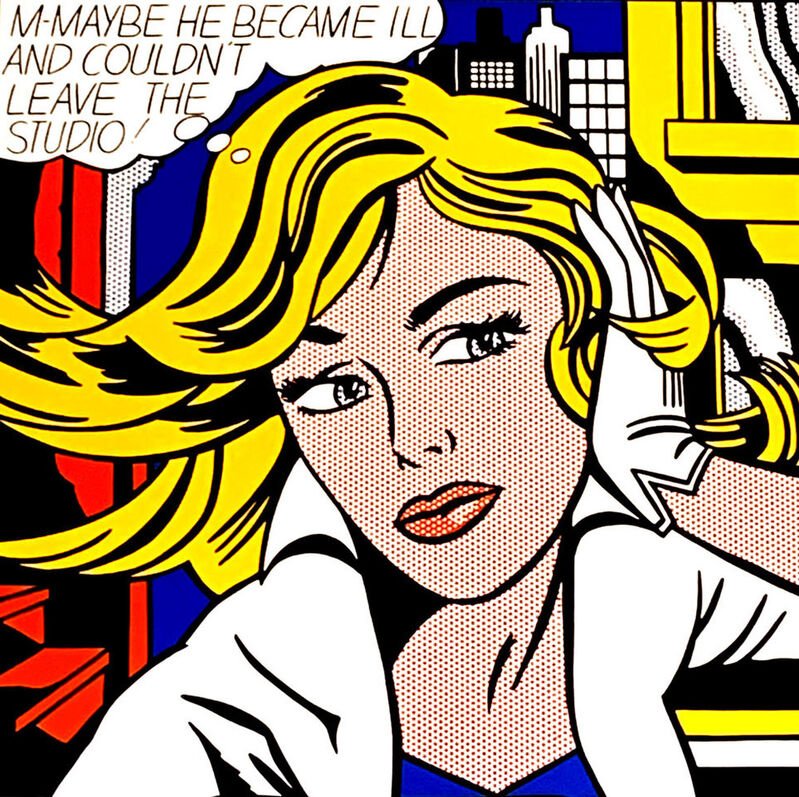NANI? - The International Journey of Cartoons, Manga, and Anime
Beginning in the early 20th century, cartoon art began to hit mainstream cinemas through the pioneering Disney films like Snow White and the Seven Dwarfs, released in 1937. Animated films began to sweep across the world through the midcentury. Combined with the success of the Golden and Silver Ages of comic books, cartoon illustration became a pop culture force. This manifested first in America, but circled back around to Japan, where many of these illustration techniques originated. Excellently exemplified through two of our artists, Ian M. Petrie and HENBUHAO, we can look at the evolution of cartoon illustration in media and fine art to better understand art today.
Comic books became massively popular through World War II and the 1950’s, where America came to know many of the iconic names we see in cinemas today, like Spider-man, Batman, Superman, and more. This art style was often accomplished through pen illustration by a single artist, sometimes with watercolor application for shading. Bold linework complimented color fields that were often composed of a series of dots to save on printing costs, an iconic and easily-recognizable motif. There were two ways to depict color this way—Ben Day dots and halftone. Ben Day dots would blend fields of colored dots to create a blurred single color from afar (spacing out to lighten, blending to make new colors, etc). Halftone uses a fading series of dots to create shading and gradients. Such techniques, particularly Ben Day dots, would reach the artistic mainstream through the Pop Art works of Roy Lichtenstein, an American artist who took cartooning into galleries and museums. Ian M. Petrie’s cartoon ceramics hit similar notes, though using halftone in black and white compositions. They retain much of the same charm and humor, while also honoring the history of the art form.
Walt Disney’s famous cartoons had a huge influence on Japanese animation in the midcentury. Japanese anime (animated film/TV) and manga (comics) draw a direct legacy from those early Disney movies. The “Godfather of Manga” and creator of Astro Boy, Osamu Tezuka, named Walt Disney’s films as a direct influence on his pioneering work, and that legacy would continue in the anime titans who named him as an influence. In television, Shonen anime like Dragon Ball Z spread the influence of the medium to the West before the massive 21st-century popularity of the “Big Three” shows Naruto, Bleach, and One Piece. HENBUHAO draws influence from the work of One Piece creator Eiichiro Oda, perhaps unsurprisingly, considering that One Piece (active since 1997) is the best-selling comic in world history.
One Piece by Eiichiro Oda.
However, the Western critical darlings of Japanese anime have always been the Studio Ghibli films of Hayao Miyazaki. Miyazaki always stated Tezuka’s work as hugely influential, and his films like Princess Mononoke, Kiki’s Delivery Service, My Neighbor Totoro, and Spirited Away have retained their popularity as some of the best movies made in any medium. We carry a range of merchandise from Studio Ghibli films, and figures from Spirited Away even find their way into figurative paintings by Jedidiah artist Fangfang Ren.
Upon the popularity of manga and anime surging in the 1980’s and 1990’s, Westerners began to take on the art form in yet another artistic exchange. Influenced by Japanese artists and Western comics, English artist Jamie Hewlett became one of the most recognizable cartoonists in the world through his work Tank Girl, a postapocalyptic series. However, his work truly began to skyrocket when he began collaborating with musician Damon Albarn of Britpop band Blur to create the Gorillaz virtual band. Hewlett’s art style has accompanied massive hit songs and influenced comic art since, including that of HENBUHAO. Through constant cultural exchange, comic art has traversed the twentieth century and become a hallmark of the twenty-first.
Art from HENBUHAO’s limited edition art book, The Park of Blindness.




